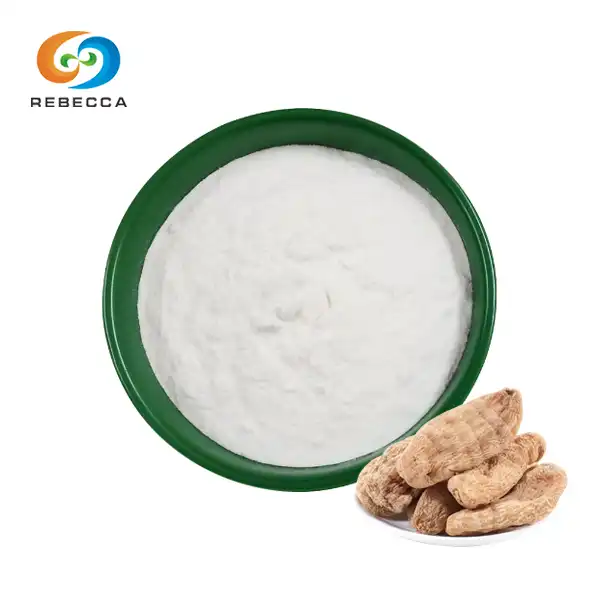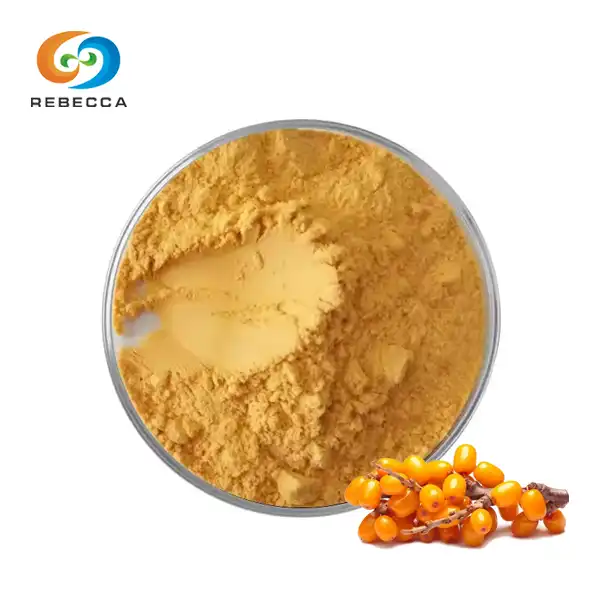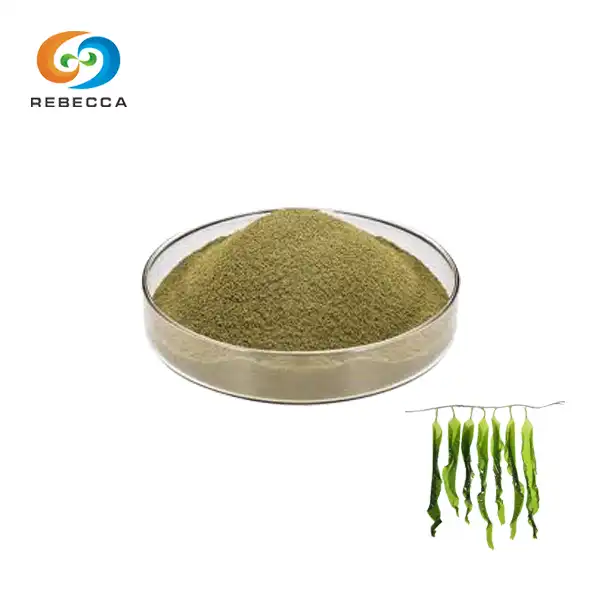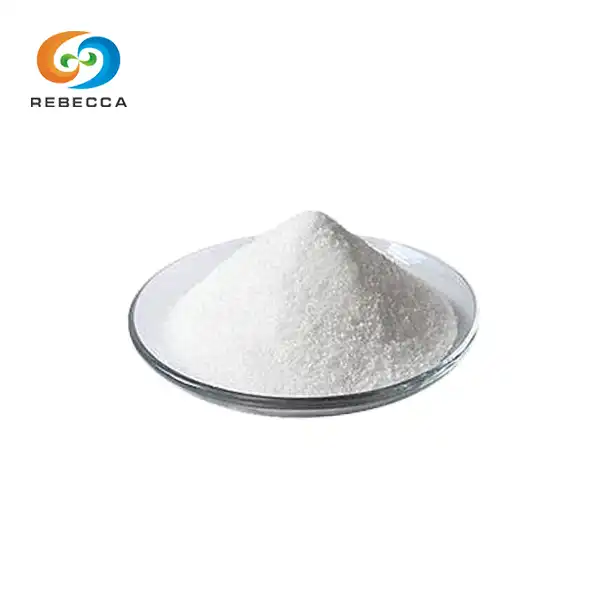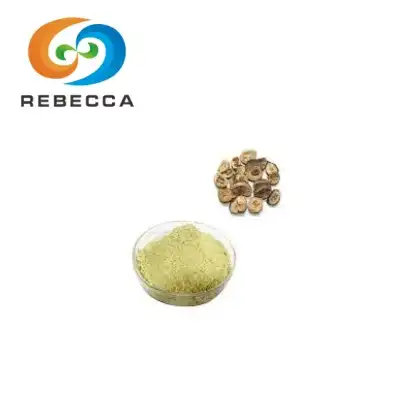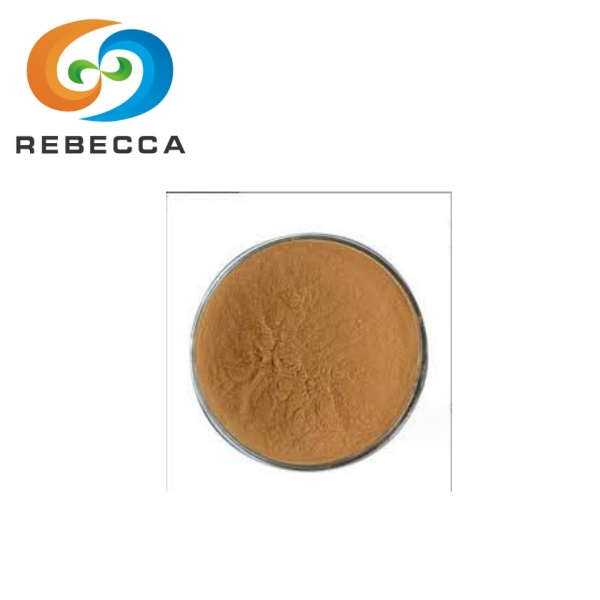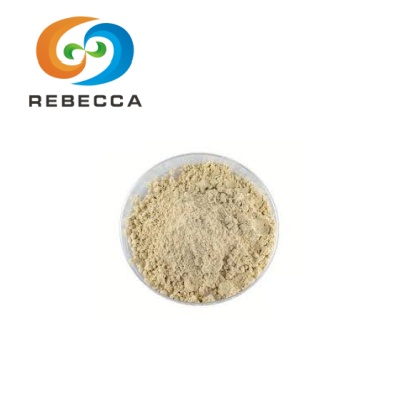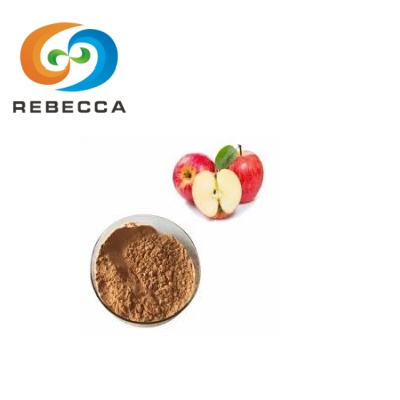What are the benefits of hypericin extract?
Natural plant extracts have gained significant attention in recent years for their therapeutic potential. Among these, hypericin extract, derived from St. John's Wort (Hypericum perforatum), stands out for its diverse health benefits. This powerful compound, often found alongside hyperforin extract, has been the subject of numerous scientific studies exploring its medicinal properties. While it is perhaps more widely recognized, hypericin offers its impressive array of health advantages that deserve attention.
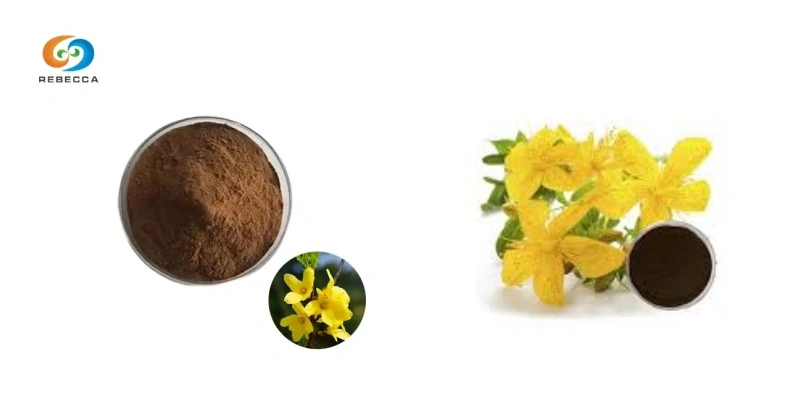
Mental Health Benefits
Hypericin extract has garnered substantial attention for its potential to support mental health, particularly in addressing mood disorders. Research suggests that hypericin, often working alongside hyperforin extract, may influence neurotransmitter systems in the brain. While hyperforin extract is frequently credited with inhibiting the reuptake of serotonin, dopamine, and norepinephrine, hypericin appears to complement these effects through different pathways.
Several clinical studies have investigated hypericin's role in mood regulation. A comprehensive review published in the Journal of Psychiatric Research analyzed 27 clinical trials involving St. John's Wort extracts containing standardized amounts of hypericin. The findings suggested that preparations containing both hypericin and hyperforin extract demonstrated efficacy comparable to conventional antidepressants for mild to moderate depression, but with fewer adverse effects.
The mechanism behind hypericin's mental health benefits appears multifaceted. While not acting as a direct reuptake inhibitor like hyperforin extract, hypericin may influence dopamine and serotonin levels through other pathways. Some research indicates that hypericin may modulate GABA receptors, potentially explaining its anxiolytic effects reported in some studies. Additionally, hypericin exhibits neuroprotective properties that may contribute to long-term brain health.
It's worth noting that the relationship between hypericin and hyperforin is complex; both compounds appear to work best when present together in their natural ratios. This synergistic relationship may explain why whole plant extracts often outperform isolated compounds in clinical settings. For individuals seeking natural support for mental wellbeing, extracts standardized for both of them may offer the most comprehensive benefits.
The anxiolytic properties of hypericin have been demonstrated in various animal models, suggesting potential applications beyond depression. Some preliminary research indicates that hypericin extract may help alleviate symptoms of social anxiety and general anxiety disorder, though more human studies are needed to confirm these effects. The calming properties of hypericin, possibly enhanced when combined with hyperforin extract, may offer a natural alternative for those seeking mental health support.

Wound Healing and Anti-inflammatory Effects
Beyond its applications in mental health, hypericin extract demonstrates remarkable potential in promoting wound healing and reducing inflammation. The anti-inflammatory properties of hypericin have been extensively documented in scientific literature, with mechanisms distinct from those of hyperforin extract. These properties make it valuable for both internal and topical applications.
Hypericin exhibits potent inhibitory effects on pro-inflammatory cytokines and enzymes involved in the inflammatory process. Research published in the Journal of Ethnopharmacology demonstrated that hypericin significantly reduced the production of tumor necrosis factor-alpha (TNF-α) and interleukin-6 (IL-6), key mediators of inflammation. While hyperforin extract also possesses anti-inflammatory properties, hypericin appears to act through complementary pathways, potentially enhancing overall anti-inflammatory effects when both compounds are present.
The wound healing capabilities of hypericin extract are particularly noteworthy. Traditional healers have used St. John's Wort preparations topically for centuries to treat wounds, burns, and skin conditions. Modern research has validated these applications, revealing that hypericin promotes fibroblast proliferation and collagen production, essential processes in wound repair. A study in the International Journal of Molecular Sciences found that hypericin-enriched preparations accelerated wound closure and epithelialization in experimental models.
Interestingly, hypericin's photosensitizing properties—often considered a side effect for internal use—become advantageous in certain dermatological applications. When activated by light, hypericin generates reactive oxygen species that can selectively target pathogenic microorganisms while stimulating tissue regeneration. This photodynamic effect has been explored for treating infected wounds and certain skin conditions, offering a novel approach distinct from the properties of hyperforin extract.
Furthermore, hypericin extract has demonstrated antimicrobial activity against various pathogens, including antibiotic-resistant strains. This property enhances its value in wound management, as it may help prevent infection while promoting healing. The combination of anti-inflammatory, antimicrobial, and tissue-regenerating properties makes hypericin extract a promising candidate for advanced wound care formulations.
For individuals with chronic inflammatory conditions, the anti-inflammatory effects of hypericin may offer relief when used appropriately. Some preliminary research suggests potential benefits for conditions like rheumatoid arthritis, inflammatory bowel disease, and certain skin disorders, though more clinical studies are needed to establish definitive protocols. As with many bioactive compounds, the effects may be enhanced when hypericin is administered alongside hyperforin extract in balanced formulations.

Other Benefits
Beyond its well-established roles in mental health and inflammation, hypericin extract offers several other remarkable health benefits that deserve attention. Recent research has uncovered promising antiviral properties that position hypericin as a potential therapeutic agent against various viral infections. Studies published in Antiviral Research have demonstrated that hypericin can inhibit the replication of several viruses, including herpes simplex virus, influenza, and certain coronaviruses. These antiviral mechanisms appear to differ from those of hyperforin extract, potentially offering complementary effects when both compounds are present.
Hypericin extract may also contribute to cardiovascular health through multiple pathways. Research in the Journal of Cardiovascular Pharmacology indicates that hypericin may help regulate blood pressure by modulating calcium channels in vascular smooth muscle. Additionally, some studies suggest that hypericin possesses antioxidant properties that could protect against oxidative damage in cardiovascular tissues. These effects may complement the cardiovascular benefits observed with hyperforin extract, potentially offering synergistic protection when both compounds are present in balanced formulations.
Emerging research suggests that hypericin extract may influence immune system function in beneficial ways. Preliminary studies indicate immunomodulatory effects that could enhance resistance to infections while potentially helping to regulate overactive immune responses in certain conditions. These properties add another dimension to hypericin's therapeutic profile, distinct from the neurological focus of hyperforin extract.
In the realm of metabolic health, some animal studies suggest that hypericin may influence glucose metabolism and insulin sensitivity. Research published in Phytomedicine demonstrated improvements in glucose tolerance in experimental models of diabetes after treatment with hypericin-rich extracts. While these findings require confirmation in human studies, they point to potential applications for hypericin extract in supporting metabolic health.
Additionally, hypericin extract shows promise for alleviating symptoms associated with premenstrual syndrome and menopause. The compound's effects on neurotransmitter systems and inflammatory pathways may help explain the benefits reported by some women using St. John's Wort preparations for hormone-related mood symptoms. When formulated alongside hyperforin extract in appropriate ratios, these effects may be enhanced through synergistic mechanisms.
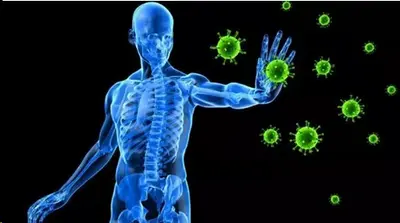
Rebecca: Hyperforin Extract Manufacturer
Rebecca is a leading hyperforin extract supplier offering premium-grade extracts with verified potency and purity.
Our standardized extracts ensure consistent bioactive content for reliable research results and product development. Whether you're working on mental health formulations, anti-inflammatory products, or cutting-edge applications, our products meet the highest quality standards.
For more information or to place an order, please reach out to us at information@sxrebecca.com. Our team is ready to assist with custom specifications and bulk ordering options.
References
1. Linde, K., et al. (2008). St John's wort for major depression. Cochrane Database of Systematic Reviews, (4).
2. Galeotti, N., et al. (2010). St. John's Wort reduces neuropathic pain through a hypericin-mediated inhibition of the protein kinase C gamma and epsilon activity. Biochemical Pharmacology, 79(9), 1327-1336.
3. Schempp, C. M., et al. (2002). Topical application of St John's wort (Hypericum perforatum L.) and of its metabolite hyperforin inhibits the allostimulatory capacity of epidermal cells. British Journal of Dermatology, 147(5), 957-962.
4. Karioti, A., & Bilia, A. R. (2010). Hypericins as potential leads for new therapeutics. International Journal of Molecular Sciences, 11(2), 562-594.
5. Birt, D. F., et al. (2009). Hypericum in infection: Identification of anti-viral and anti-inflammatory constituents. Pharmaceutical Biology, 47(8), 774-782.
